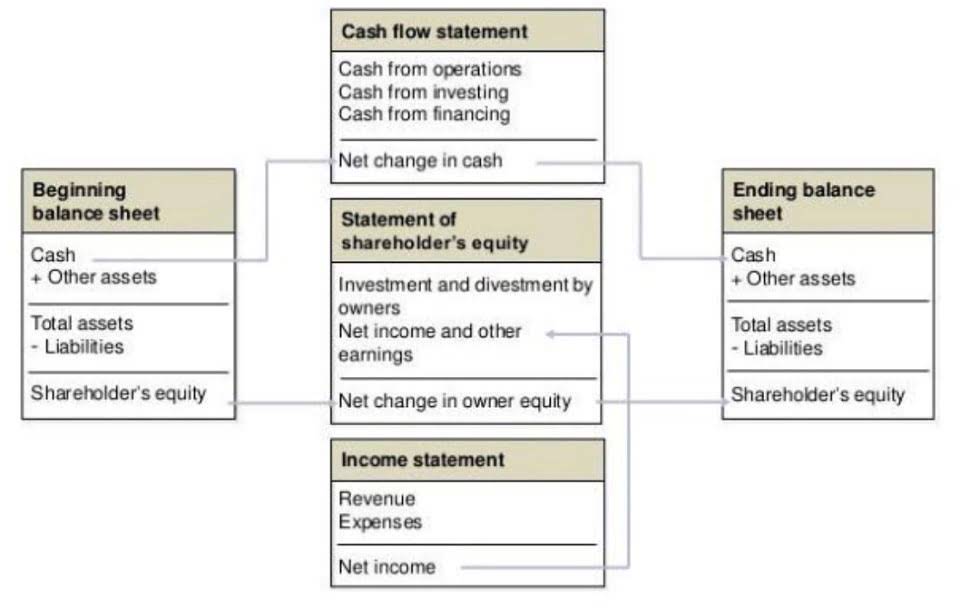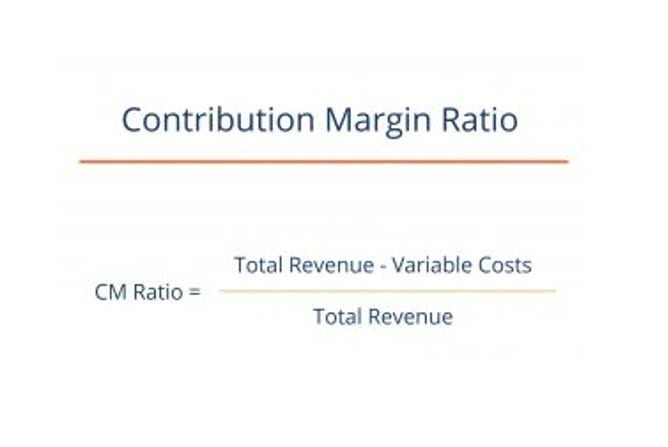Guide to Predetermined Overhead Rate Formula

Identifying and reducing costs to your own business by budgeting and making changes can maximize the amount of revenue you take in, affecting the success of your business in the long term. This information can help you make decisions about where to cut costs or how to allocate your resources more efficiently. The cost of your office rent would be considered overhead because it’s something you have to pay regardless of how many t-shirts you sell. A good rule of thumb is to ask yourself if the cost will be incurred regardless of how much product you’re making.

Overhead in the Movie Industry
- It would involve calculating a known cost (like Labor cost) and then applying an overhead rate (which was predetermined) to this to project an unknown cost (which is the overhead amount).
- The computation of the overhead cost per unit for all of the products is shown in Figure 6.4.
- Thus the organization gets a clear idea of the expenses allocated and the expected profits during the year.
- Suppose that X limited produces a product X and uses labor hours to assign the manufacturing overhead cost.
- Another way to view it is overhead costs are those production costs that are not categorized as direct materials or direct labor.
Nonetheless, it is still essential for businesses to reconcile the difference between the actual overhead and the estimated overhead at the end of their fiscal year. Suppose the estimated manufacturing overhead cost is $ 250,000 and the estimated labor hours is 2040. As you can see, calculating your predetermined overhead rate is a crucial first step in pricing your products correctly. By taking the time to estimate your overhead costs and calculate your predetermined overhead rate, you can ensure that your prices are CARES Act fair and accurate and that your profits aren’t getting eaten away by hidden costs. Hence, it is essential to use rates that determine how much of the overhead costs are applied to each unit of production output. This is why a predetermined overhead rate is computed to allocate the overhead costs to the production output in order to determine a cost for a product.
Pre-Determined Overhead Rate Examples
The predetermined rate is a calculation used to determine the estimated overhead costs for each Bookkeeping for Chiropractors job during a specific time period. Of course, management also has to price the product to cover the direct costs involved in the production, including direct labor, electricity, and raw materials. A company that excels at monitoring and improving its overhead rate can improve its bottom line or profitability. Direct costs are costs directly tied to a product or service that a company produces.
Setting pricing

In these situations, a direct cost (labor) has been replaced by an overhead cost (e.g., depreciation on equipment). Because of this decrease in reliance on labor and/or changes in the types of production complexity and predetermined overhead rate methods, the traditional method of overhead allocation becomes less effective in certain production environments. To account for these changes in technology and production, many organizations today have adopted an overhead allocation method known as activity-based costing (ABC). This chapter will explain the transition to ABC and provide a foundation in its mechanics.

Predetermined Overhead Rate (POHR): Formula and Calculation
- Job costing is commonly used by construction companies, where costs vary widely from job to job.
- Advertising Firms – Marketing and advertising costs may include rent, office supplies, computer software, utilities, internet services, and much more.
- A company that excels at monitoring and improving its overhead rate can improve its bottom line or profitability.
- The example shown above is known as the single predetermined overhead rate or plant-wide overhead rate.
The controller of the Gertrude Radio Company wants to develop a predetermined overhead rate, which she can use to apply overhead more quickly in each reporting period, thereby allowing for a faster closing process. A later analysis reveals that the actual amount that should have been assigned to inventory is $48,000, so the $2,000 difference is charged to the cost of goods sold. You can calculate this rate by dividing the estimated manufacturing overhead costs for the period by the estimated number of units within the allocation base. Therefore, in simple terms, the POHR formula can be said to be a metric for an estimated rate of the cost of manufacturing a product over a specific period of time. That is, a predetermined overhead rate includes the ratio of the estimated overhead costs for the year to the estimated level of activity for the year. Management analyzes the costs and selects the activity as the estimated activity base because it drives the overhead costs of the unit.
- Previous article:
- Казино Он-лайн игровой автомат sweet life ставки Онлайн флеш-игры
- Next article:
- Zodiac Gambling establishment Opinion Canada
